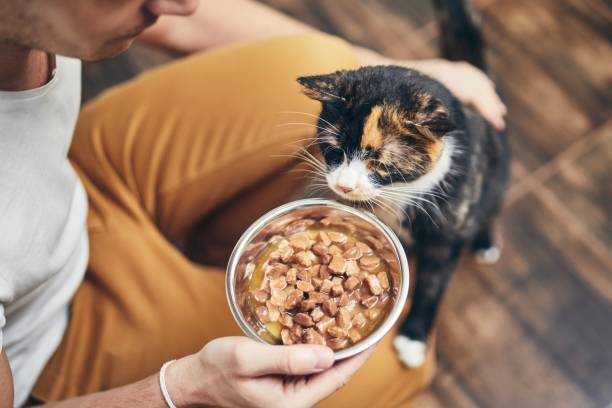FACTS ABOUT STRAY POPULATION
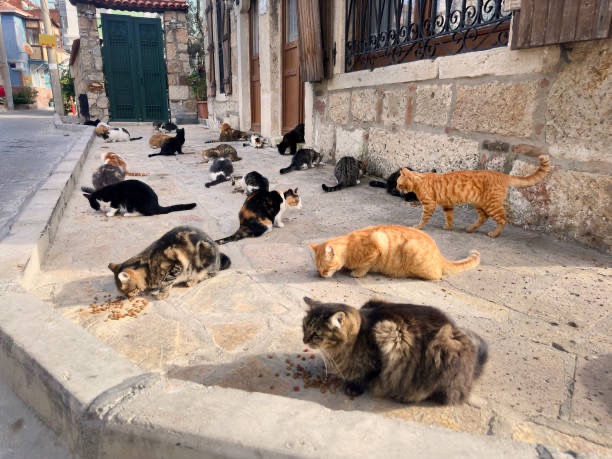
On a global scale, over 600 million dogs and the same number of cats are
classified
as strays. Covid-19 and its resulting economic downturn have caused an
increase
in the number of abandoned pets, especially dogs, as their caregivers lose
their
jobs
or homes.
Animal shelters in Malaysia are operating beyond capacity, with the number
of
surrendered and abandoned animals outnumbering the number of
adoptions.
Hence, large-scale neutering of stray and companion animals is the only
long-term
strategy that will help mitigate the stray overpopulation problem and
improve
the
quality of life of both animals and the people who live in the vicinity of
stray
animal
colonies.
One of the goals of TNR programs is to reduce stray cat populations in an
area.
The
idea is that neutering/spaying cats and returning them to the environment
will
prevent
them from reproducing. Over time, the number of stray cats in an area will
decrease,
and eventually stabilize.
Overall, it appears that TNR cat colonies were reduced only if there were
high
rates of
adoption/removal of cats (around 50% or more), if there were high rates of
neutered
cats, and if there were low rates of immigration by cats. Without these, the
colonies
would not decline in size over time.
To successfully address companion animal overpopulation and reduce shelter
deaths
what is needed is a combination of programs, implemented by veterinarians,
shelters,
rescue groups, spay/neuter organizations, and other animal advocacy groups
working
together to address the issues in their communities.

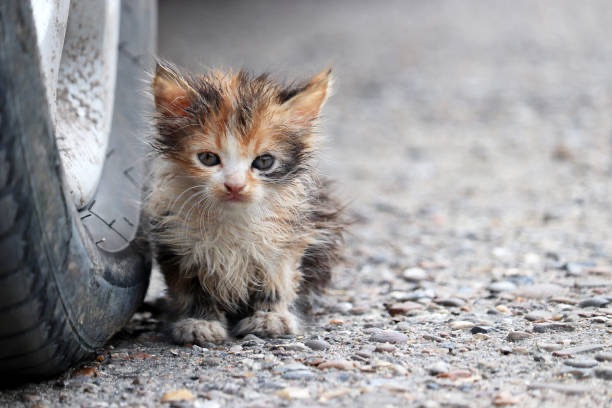
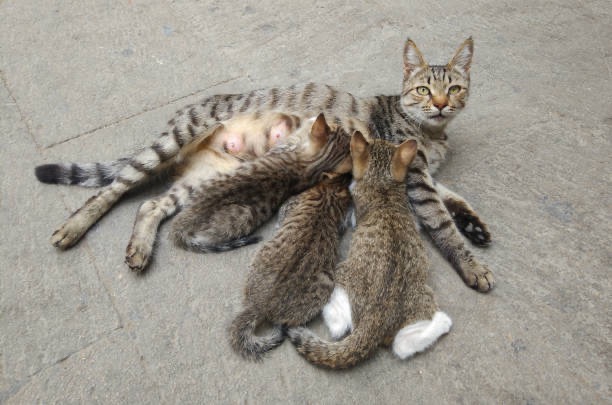
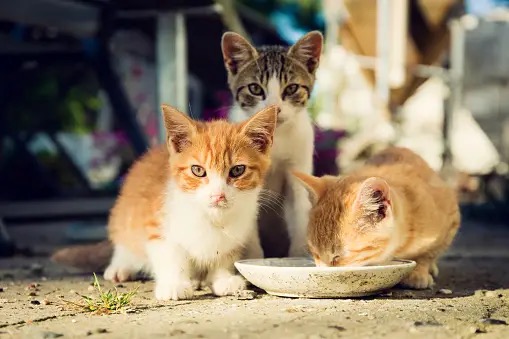
STRAY CATS, ARE THEY REALLY STRAY?
An owned female cat gives birth to several kittens, but they might lead very different
lives. One could spend its whole life as a beloved family pet, while another might begin
as a pet but then be handed into a shelter when no longer wanted. Others may be
dumped on the street or become lost, becoming strays.
The abandonment of pets by their owners is a significant factor contributing to the rise
in stray populations. A female cat can have up to three litters of kittens a year, with
an
average of four and five kittens in a litter, and a healthy cat can reach the age of 15
years and continue breeding throughout. Looking at these numbers, it is clear that
there will never be sufficient homes for all the stray animals in Malaysia.
Life can be extremely difficult for stray cats. Without the reliable access to food,
shelter,
and veterinary care that pet cats enjoy, stray cats must constantly fend for themselves
in the face of numerous threats.
Finding adequate nutrition is a primary challenge. Stray cats must scavenge for scraps
of food, hunt small prey, or rely on the generosity of humans who may leave out food
and water. This inconsistent access to nourishment leaves them vulnerable to
malnutrition and related health issues.
Shelter is also precarious. Stray cats must seek refuge in abandoned buildings, under
porches, in drainage pipes, or other makeshift locations that provide some protection
from the elements and predators. However, these temporary shelters offer little
security or insulation.
Overall, the life of a stray cat is one of constant struggle and hardship. Without the
safety net provided by responsible pet ownership, these resilient animals must rely on
instinct and sheer determination to meet their basic needs and avoid an early demise.
Providing humane support and access to veterinary care can significantly improve
their welfare.

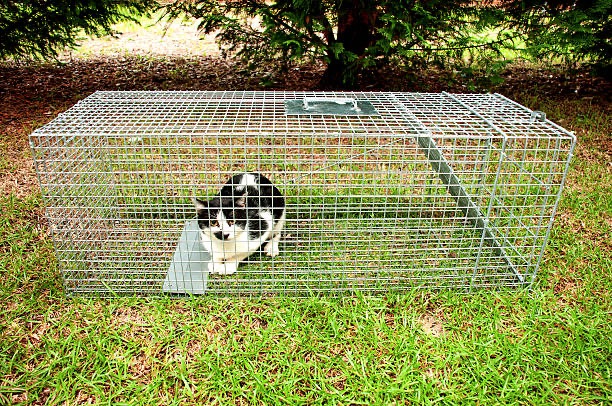
WHAT IS TRAP-NEUTER-RETURN (TNR)?
Trap-Neuter-Return (TNR) is the humane and effective approach for stray and feral
cats. Trap-Neuter-Return (TNR) improves the lives of feral cats, improves their
relationships with the people who live near them, and decreases the size of colonies
over time. With Trap-Neuter-Return (TNR), we can stabilise the population humanely,
improve the cats' lives, save taxpayer money, address neighbours' concerns, and help
the entire community reach a solution that benefits everyone.
Trap-Neuter-Return (TNR) is the process where stray dogs/cats are trapped, spayed/
neutered, vaccinated, ear tipped, and then returned to their outdoor home and
caretaker. TNR is the most effective & humane approach to control stray populations.
Benefit of TNR
- Reduces the spread of disease.
- Eliminates nuisance behaviours such as spraying and fighting.
- Creates a safer community and overall public health by decreasing the number of unvaccinated dogs/cats.
- Lower dog/cat intake into shelters, thereby lowering shelter euthanasia rates.
- The returned, spayed/ neutered colony guards its territory,discouraging unneutered dogs/cats from moving in and beginning the cycle of overpopulation
- Permanently reduces the number of dogs/cats in an area.
- The colony's population stabilises- no more puppies/kittens!

HOW DOES IT WORK?
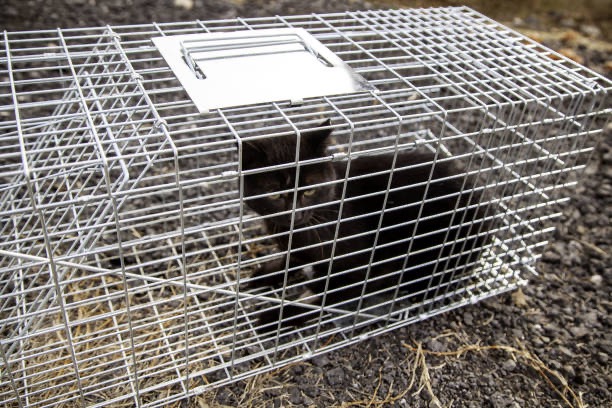
TRAP
After adequate preparations, colony dogs/cats are trapped using humane trap within a day before surgery.
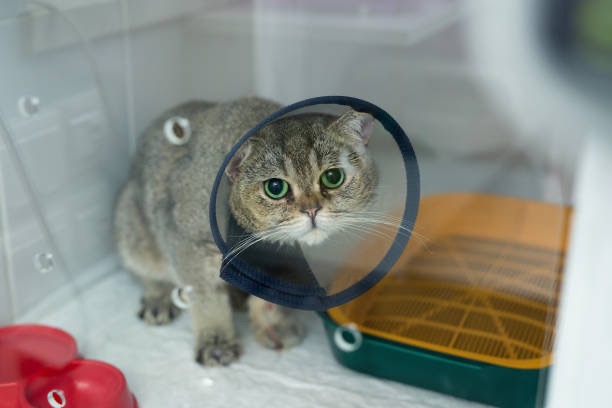
NEUTER
Appointments are required for surgery. On surgery day, the captured dog/cat must be brought in their trap/carrier.
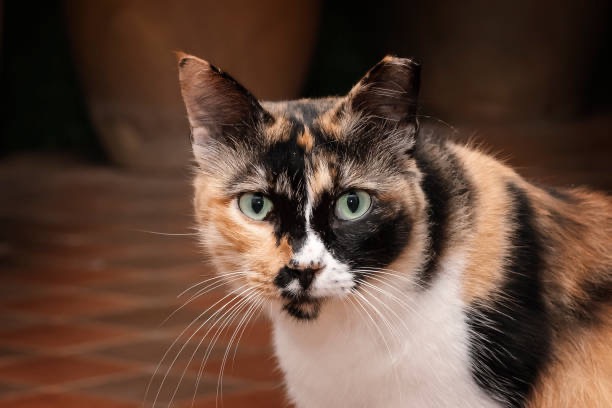
RETURN
After recovery from surgery, the dogs/ cats are returned to their original outdoor home & caretaker.
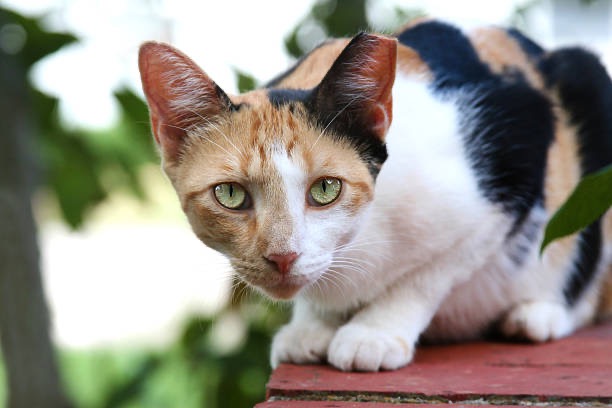
Spayed/Neutered
An ear tip is the universally recognized symbol of a cat who has been spayed or neutered and vaccinated. Ear tipping is a standard part of most Trap-Neuter-Return (TNR) programs, because it's simply the best method to let everyone know at a glance that a cat has gone through a TNR program.

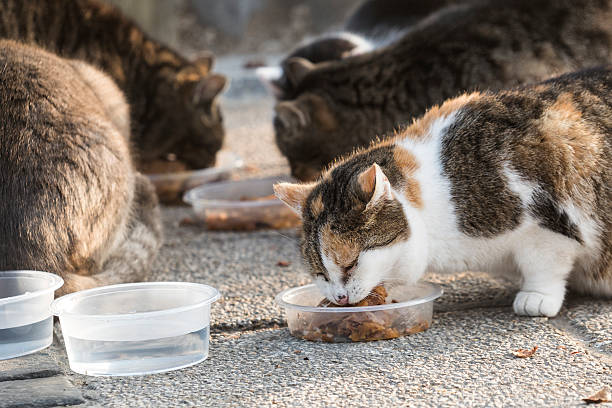
MANAGEMENT AFTER TNR
It is essential to provide ongoing care and supervision of the colony that has been neutered to ensure the population remains stable or reduces, and that the cats' welfare is monitored. We support the caregiver/feeder by providing regular food to feed the community of stray cats under our FEED THE STRAYS PROJECT. This is only applied to the colony that is used to being fed.
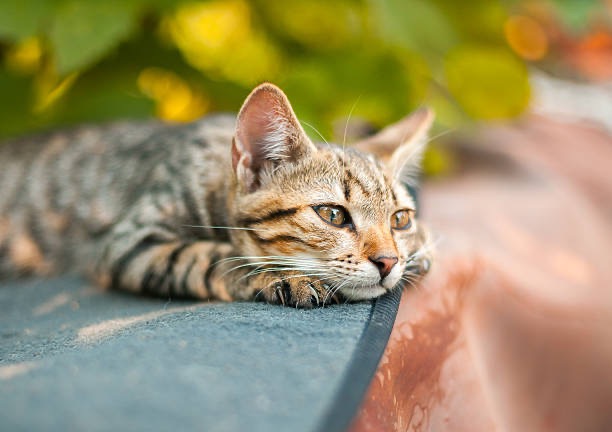
TNR is not about rescuing dogs/cats, it's about population control and permanently reducing the number of feral cats in an area.
Catch and removal doesn't work.
Not only is killing or throwing away cats cruel and illegal it is NOT EFFECTIVE in
controlling the population of stray cats in your area. More than thirty years of
documented proof shows that trap-and-kill methods have no lasting effect on reducing
stray cat populations. Trap and kill is simply ineffective, expensive and cruel. If all
the
cats are not caught, then the ones left behind over breed until the former population
level is reached.
Even if all the cats are removed, new un-neutered cats move in to take advantage of
whatever food source is available. Once there, they breed prolifically, quickly
populating a new colony with descendants that are more cautious and more
diseaseresistant. This “vacuum effect” is very well-documented. Therefore the trap/kill
effort
becomes increasingly unproductive in the effort to reduce numbers.
Local councils and authorities to exercise discretion in allowing the existence of
neutered tame community animals in neighbourhoods where societal acceptance is
high, phase out the retail sale of pets, create a differential licensing fee to charge
pet
owners more for failure to neuter their pets and designate areas and land for animal
shelters.

StrayFree R.O.S Certs
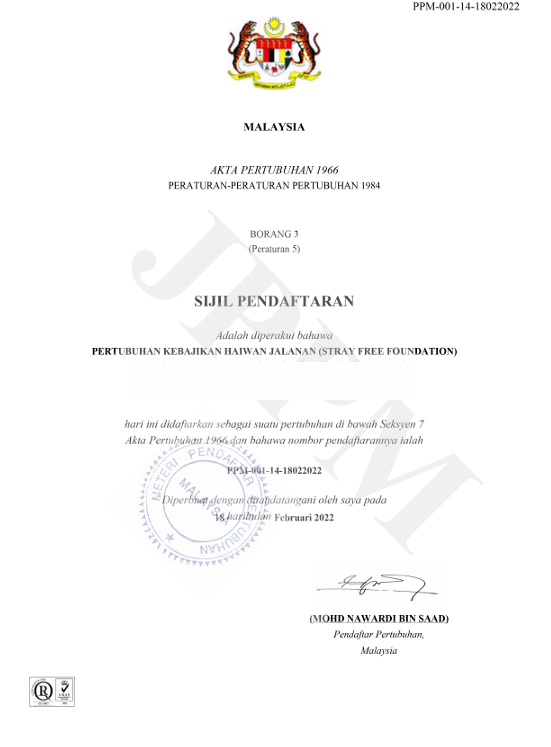
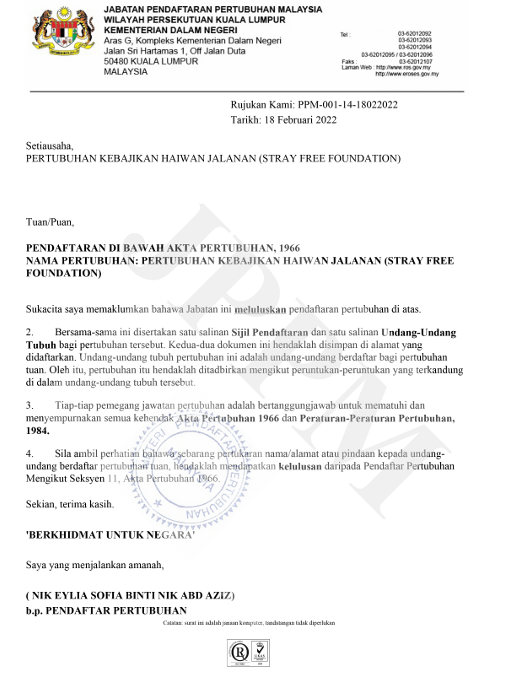


JOIN US
Make a difference today
Not sure which or what kind might be the perfect fit for you? Please reach us at strayfreefoundation@gmail.com and we'll point you in the right direction.


